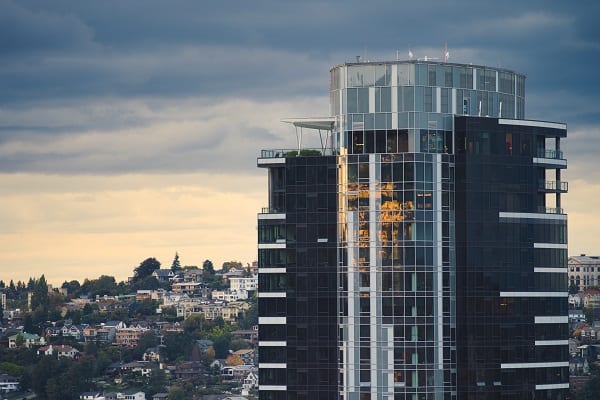
James Beard
Student at Chapman University, Orange, CA
Redevelop, Repurpose, Renew
When certain properties are struggling, they can be addressed in one of three ways:
- Improve the property based on new tenant/buyer demands
- Modernize and make the asset more appealing to potential tenants or buyers using money and resources
- Repurpose property into something newer that would accommodate different usage.
Adaptive reuse refers to the identification, acquisition, and renovation of existing structures and reestablishing them as assets to their communities. There’s a direct correlation between the number of abandoned buildings and crime rates, and abandoned buildings have a negative effect on the value of nearby properties. Demolition of older buildings won’t make communities more inviting or affordable. Plus, developers find a lot of potential in the location, environment, and aesthetic of these distressed properties.
Although repositioning may seem pricey, developing from the ground up is often more expensive than repurposing an underused, abandoned, or obsolete property. Following the recession phase of the real estate cycle, there’s a small window of time before the recovery period where capital is available to purchase projects for cheaper than the replacement cost, so investors can take this risk early in the cycle at a low-cost basis to reduce the chance of losing equity.
By acquiring an existing property and reusing discarded materials, one is able to…
- Reposition certain properties to be more in-line with community interests
- Expand the supply of affordable housing
- Reduce costs for materials, construction, and transportation
- Sustainably redevelop, and reduce carbon emissions and waste that comes with construction and demolition
- Take advantage of tax benefits when redeveloping in lower-income areas
- Strike a balance between preserving key historical elements while constructing a new identity
Reusing these spaces requires a load of research to be done on a given region’s demographics, economy, what businesses and/or services are lacking, and what that region is able to support. In recent years, developers and value-add investors are looking for creative ways to address the short supply of affordable housing.
Highest and Best Use
The COVID-19 pandemic has only worsened and expedited the current affordable housing crisis. While the hospitality industry was hit hard and many hotels have faced foreclosure, our nation’s supply of housing has not kept up with the growth of our population. With malls and hotels being the most distressed property sectors, it is crucial that developers identify and use land to its highest potential so they may maximize their rate of return on investment.
In the last year, properties/portfolios valued at $2.5 million or greater saw fewer transactions across all property types except hotels. Hotels are well-equipped for multifamily conversion as they already have electrical, mechanical, plumbing, lighting, HVAC, and bathroom installations.
The main challenge is providing adequate kitchen spaces with appropriate ventilation, as well as electrical and water submetering for each unit. Some post-pandemic design changes may consist of contactless entry, faster vertical transportation, ultraviolet and higher-efficiency particulate air, and larger balconies/terraces.
In addition to malls and hotels, other property types being repositioned for housing include…
- Historic school buildings
- Medical centers
- Office buildings
- Retail centers
- Other commercial properties
In the past 70 years, 2,000 historic properties across the nation have been repurposed into multifamily properties, 65% of which were converted to low-income housing. Many of these newly-renovated apartment units are tailored toward renters who struggle to afford rent in a given region, but aren’t necessarily in the lowest-income tier that qualifies for subsidized housing.



